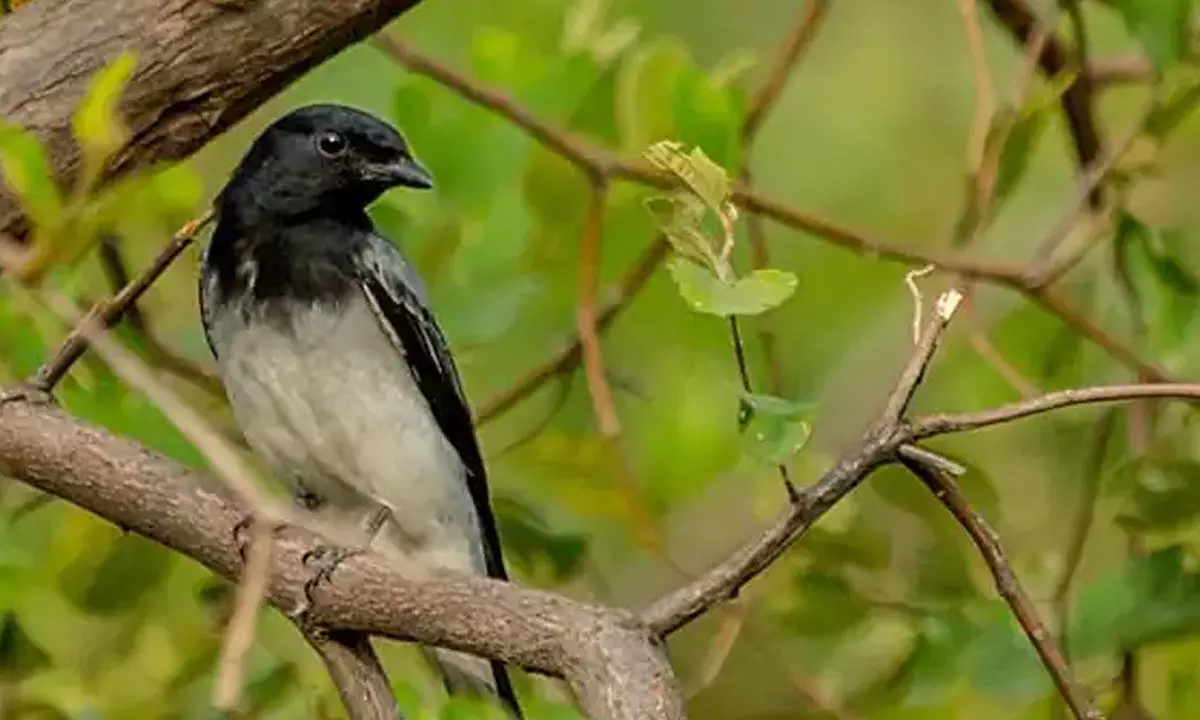IIT-J proposes crowdsourced bird data to define ecoregions

The bird data can also act as a biota-based tool to assess the anthropogenic effects of agri-farmlands, bird species distribution, agricultural impacts, and the interconnectedness of geography and biodiversity at the Thar desert
Jodhpur: Researchers at the Indian Institute of Technology (IIT) Jodhpur in a new study highlighted the significance of crowdsourced bird data as a biota-based tool for understanding established ecoregions in Thar desert.
The bird data can also act as a biota-based tool to assess the anthropogenic effects of agri-farmlands, bird species distribution, agricultural impacts, and the interconnectedness of geography and biodiversity at the Thar desert.
Thar is known for its unique biodiversity and fragile ecosystems. However, due to various anthropogenic activities and lack of comprehensive data, there is a limited understanding of the region’s ecological characteristics and the distribution of its diverse biotic communities.
Traditional methods of ecological assessment often require significant resources, time and expertise, making it challenging to gather sufficient data.
“Thar provides a large natural laboratory for evolving innovative ‘DESIGNS’ that ensure adaptation and survival of its constituent species, their interdependencies and the conservation of the entire ecosystem,” said Dr. Mitali Mukerji, Professor and Head of the Department of Bioscience and Bioengineering at IIT Jodhpur.
The Thar Desert was previously considered a single ecoregion, but a recent study identified four distinct ecoregions: Eastern Thar, Western Thar, Transitional Zone, and Cultivated Zone.
The new research, published in the journal Global Ecology and Conservation, showed that the cultivated zone was split between three distinct geographic regions, suggesting habitat fragmentation due to human activities and indicating its evolving nature as an ecoregion.
It also exhibited the lowest diversity and the highest variation in species composition, emphasising the need for restoration efforts in this region to protect its unique biodiversity.
Future studies will focus on exploring variations in spatial diversity across different trophic levels to enhance biota-based sustainability assessments in desert ecosystems. Additionally, investigating variations within smaller units of ecoregions and their impact on stability and long-term sustainability is crucial for comprehensive understanding and conservation planning.


















